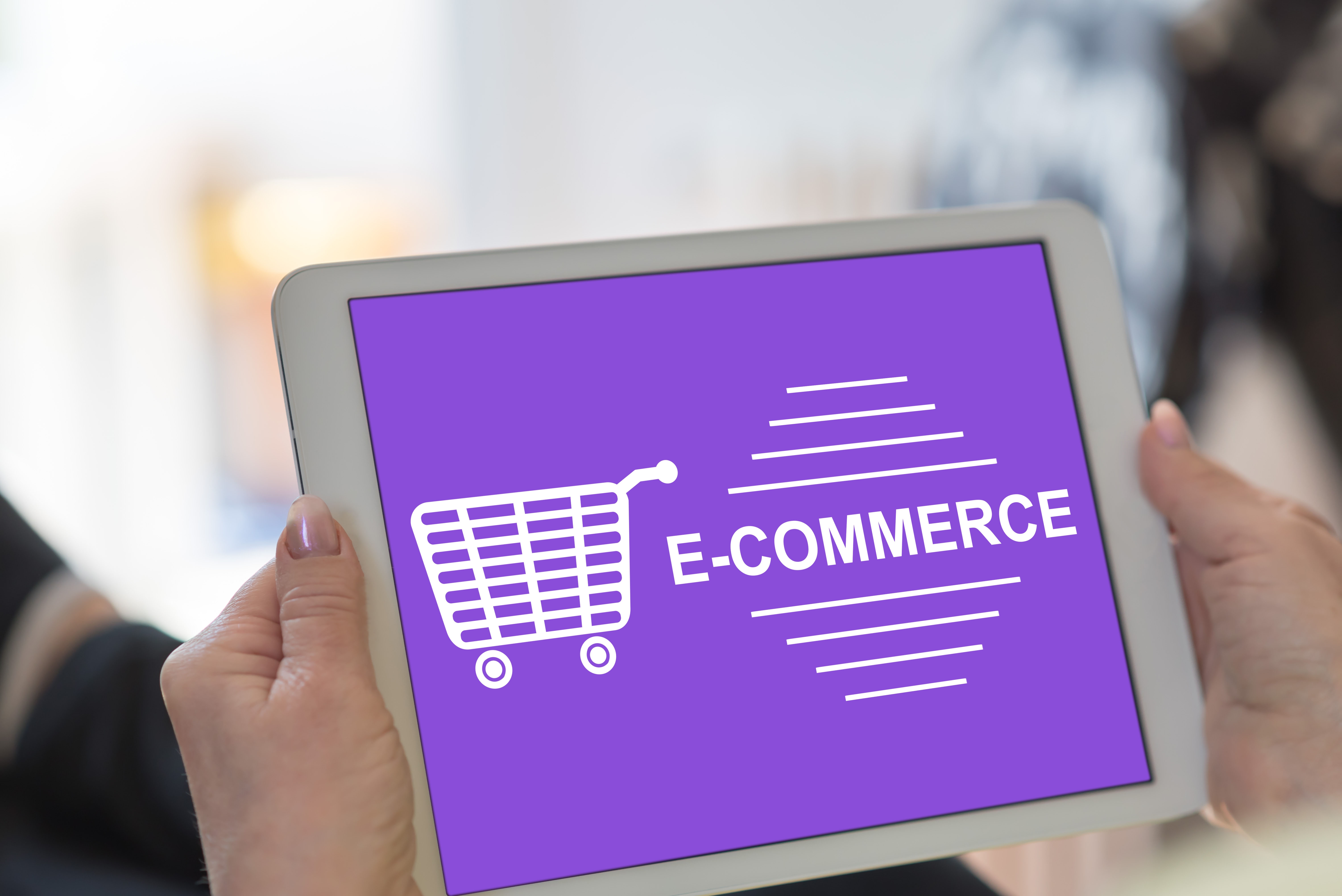E-commerce is the business executed online via the internet. It is a trendy manner of carrying out a business, preferred by the majority of business holders nowadays.
It is an upcoming and growing movement which is motivated by the varying shopper requirements and advancement of technology. The E-commerce business solutions suppliers strive to keep pace with this fast transformation to spread out their business limits.
The three major types of E-commerce models are B2B i.e. business to business, B2C which is the business to customer plus C2C – customer to customer.
The IT revolution going on across the world in the past decade has caused pioneering developments in business practices. Dynamic web pages are designed by web Development Company through web software development for businesses. The software applications consist of shopping carts, merchandise view, product exploration, choosing and ordering selected items, payment choices and delivery alternatives etc.
It moreover incorporates payment accesses like PayPal to make shopping event one of its kinds for the customers, putting forward a straightforward and secure place to shop.
The shop holders moreover obtain more business by putting forward value-added services through their sites like information for diverse products and services, together with instructions and suggestions.
These applications in addition have exciting features like newsletters as well as updates, most recent product analysis, discount information and the market reports regarding ecommerce etc. The customer is made to stay long on the site, which finally brings about more sales for the company.
The web portals of ecommerce companies are not just eye-catching, however easy to use and contain dynamic applications and programs that are able to keep hold of the company’s regulars. The ecommerce website development considers the size of the company, the range and number of products or services and the important information for example cost, model, image, explanation etc.
The diverse programs in the pages are incorporated to carry out the most wanted functions similar to ordering, order verification, delivery information and payment proof etc.
The design of the site and trouble-free navigation are significant features that draw traffic to the company’s website.
A successful e-commerce website has to be redesigned and carefully implemented.
Here are five tips that will help you design a site which is able to attract customers and will make them revisit:
- Promote your brand individuality on each page
- Simplify the user’s course towards the checkout
- Optimize for both mobile as well as desktop platforms
- Incorporate a search box and additional time-saving features
- Keep product analysis short and engaging
FAQs About Impact of E-Commerce on Business Models
Q. What is the impact of e-commerce on traditional business models?
A. E-commerce has significantly transformed traditional business models by shifting the focus towards online sales, expanding market reach, reducing operational costs, and enhancing customer engagement digitally.
Q. How has e-commerce changed consumer shopping behaviors?
A. E-commerce has led to more informed and convenient shopping experiences, encouraging consumers to research, compare, and purchase products online with greater ease and efficiency.
Q. What role does technology play in e-commerce business models?
A. Technology is pivotal in e-commerce business models, providing platforms for online transactions, enhancing user experience, and enabling efficient management of digital marketing and sales operations.
Q. Can small businesses benefit from adopting e-commerce models?
A. Yes, small businesses can significantly benefit from e-commerce models by accessing wider markets, reducing storefront costs, and competing more effectively with larger companies.
Q. How does e-commerce influence global business practices?
A. E-commerce has globalized business practices by enabling businesses to sell products and services worldwide, breaking down geographical barriers and creating a more interconnected market.
Q. What are the challenges faced by businesses in e-commerce?
A. Challenges in e-commerce include dealing with increased competition, maintaining cybersecurity, managing supply chain logistics, and adapting to rapidly changing consumer preferences.
Q. How does e-commerce affect customer service strategies?
A. E-commerce has evolved customer service strategies to focus more on digital channels, providing real-time support via chatbots, social media, and other online platforms.
Q. What impact does e-commerce have on marketing tactics?
A. E-commerce has shifted marketing tactics to digital platforms, utilizing SEO, email marketing, social media, and content marketing to reach and engage customers online.
Q. Can e-commerce drive business growth and scalability?
A. E-commerce can significantly drive business growth and scalability by enabling businesses to reach larger audiences, streamline operations, and adapt quickly to market changes.
Q. How important is mobile optimization in e-commerce business models?
A. Mobile optimization is crucial in e-commerce business models, as a significant portion of consumers use mobile devices for online shopping, making it essential for an optimal mobile shopping experience.




